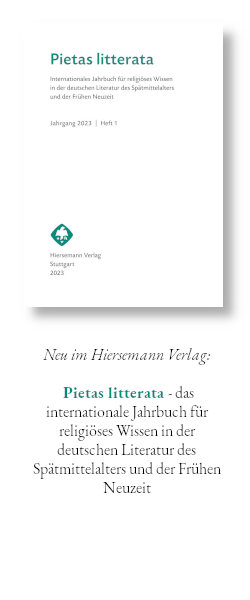Johannes Scottus Eriugena: Auswählen und verwerfen
Schlagworte:
Predestination, Eriugena as saint and martyr, the school of Chartres, the papal condemnation, Nicolaus CusanusAbstract
Peter Dronke: John Scottus Eriugena: The Choice and the Resistance.
Eriugena’s commissioned early work, ‹De praedestinatione› (851), aroused fierce polemics, but was forgotten after the ninth century. His masterpiece, ‹Periphyseon› ,was chosen by exceptional minds till the end of the Middle Ages, yet its originality and daring also encountered resistance. In the early twelfth century William of Malmesbury, aware of doubts about the work’s orthodoxy, used wild biographical fantasy to turn Eriugena into Malmesbury’s own saint and martyr. A far-reaching influence of ‹Periphyseon› can be traced in Chartres, from Fulbert in the eleventh century to Bernard and Thierry of Chartres in the early twelfth, as in the ‹Cosmographia›of Thierry’s friend Bernard Silvestris. Yet, proceeding with caution, the Chartrain thinkers avoided using Eriugena’s distinctive ‹unorthodox› terms, such as deificatio, reditus, theophaniae, theosis. After the condemnation of ‹Periphyseon› by Honorius III (1225), its influence survived particularly through the abridged ‹Clavis Physicae›, mostly attributed to a Greek ‹Theodore›, and the Corpus Dionysiacum,where long Eriugenian passages were attributed to Saint Maximus. In the later Middle Ages Berthold of Moosburg transcribes ‹Theodore› extensively (ca. 1327), whilst Nicolas of Cusa (ca. 1440) annotates, dissenting at times and admiring at others.


